We used to think of public services as activities outside of the competitive landscape. That’s maybe true in a country, but the new situation brought by the Fourth Revolution is that’s not true anymore: public services are in competition between countries.
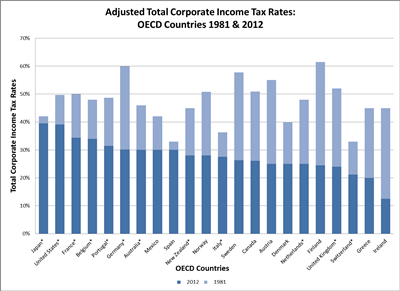
Effectiveness, performance of public services is today the most important competition parameter when it comes to economic performance. Countries that are not good at it do already suffer on the global market. In addition this competition puts a lot of pressure on tax rates (in particular at the corporate level) impacting further those countries which public services are ineffective.
The problem is that because this competition is somewhat remote, public services often do not realize this new situation. Finding a way to show them how competition is impacting the national welfare should be a great incentive for improvement. Unfortunately, defensive reactions against globalization often impede these discussions.
Yes, public services are now on a competitive market. They need to increase their effectiveness for the sake of national welfare. Let’s not shrink from it, and just realize that this situation will be even more real in the Collaborative Age!







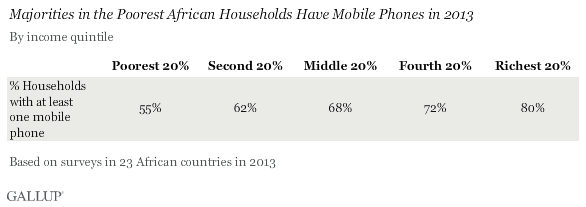
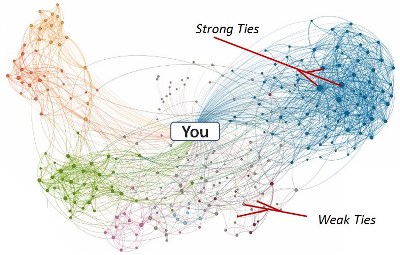 Apparently the statistics is that we maintain on average a dozen very close contacts, about 150 medium to strong ties, and about 500 to 1,500 weak ties. Identification of this structure of our social network is not new, for example
Apparently the statistics is that we maintain on average a dozen very close contacts, about 150 medium to strong ties, and about 500 to 1,500 weak ties. Identification of this structure of our social network is not new, for example 
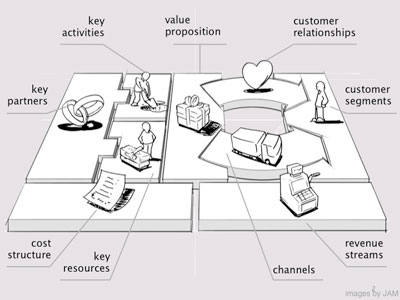
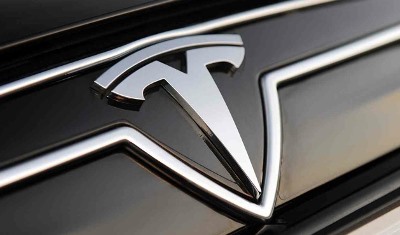 It appears that there are strong regulations in the US about the fact that cars would need to be sold through franchised car-dealerships and this creates all sorts of weird market effects. Tesla is currently battling to topple these old-fashioned regulations, and might well eventually win at that game, although that will take long consistent efforts (see Bloomberg’s paper on “
It appears that there are strong regulations in the US about the fact that cars would need to be sold through franchised car-dealerships and this creates all sorts of weird market effects. Tesla is currently battling to topple these old-fashioned regulations, and might well eventually win at that game, although that will take long consistent efforts (see Bloomberg’s paper on “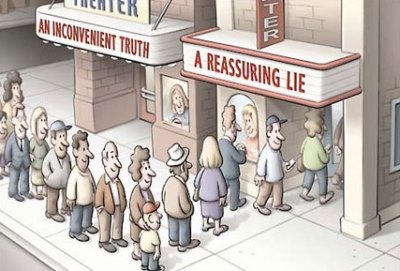 Change is about looking at reality in the face. Not to over-dramatize, but to be aware of what really happens outside there.
Change is about looking at reality in the face. Not to over-dramatize, but to be aware of what really happens outside there.